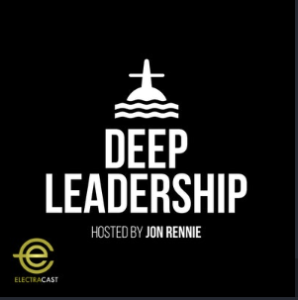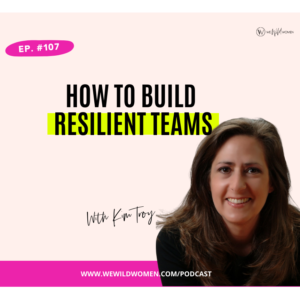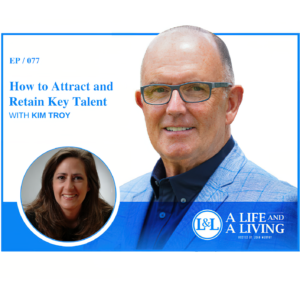One concept I explore in Clicksand is the Universe of Potential Relationships. It is a concept we use a lot with our clients at Civilis Consulting.
The idea is that for any new relationship to form between you and another person, three conditions must exist. First, the person must be the kind of individual you want to have a relationship with. Second, that person must be open to meeting someone new. And finally, you must have (or be able to build) enough rapport with that person in order for the relationship to start and subsequently flourish.

On the surface this process makes sense—no one ever disagrees with us when we describe it. But when you actually start putting it into real world practice, it is not nearly as easy as it sounds.
Let’s take the very first condition: people you want to meet.
Most business owners think this is simple and tend to spend very little time on it. They have a target description like, “we want to meet CEOs of companies with 10-50 employees” or “we want to meet managers at Fortune 100 companies who make purchasing decisions about [insert product or service here].” What they are doing is demographically describing their target customer—the focus is almost always on the title of the person and the size of the company. Sometimes business owners add a geographic area or specific industry when describing the company, but in general, the pattern is people with a certain responsibility at certain kinds of companies.
While having a clear demographic description of your target customer is certainly a good thing, it’s usually not the place to begin building and nurturing valuable business relationships. There are three additional considerations.
Think beyond customers
When we dig into a client’s business to uncover the relationships that really drive their success and result in them bringing in those target customers they desire, we frequently find that their most valuable relationships are with people who aren’t target customers at all. In almost every business we examine, we find that new business is driven by a variety of third-party relationships—people who advocate on behalf of the company with the target customer.
Sometimes, it is obvious because the company has formal referral relationships with businesses or individuals who are in a position to make recommendations to the target customers (accountants, consultants, complementary product or service providers, and so on). In these cases, business owners we talk to are usually aware of the importance of those referral relationships, so they readily agree.
But in other cases, there are key relationships that aren’t as obvious. Happy customers are frequently critical drivers of new business that can be unnoticed if the company isn’t watching for the signs. Past customers are another commonly missed source. A manager who worked with you at Company A, Inc. might move to a new firm and advocate for you without you realizing it. And, there are probably twenty other similar relationship models that exist in your business. With the right analysis, however, we can often uncover the patterns that really drive any business.
What’s important is to make sure that you spend time on the relationships that will really pay off (which is almost always someone who already knows and loves what you do), instead of hammering away on people just because they have a certain job title at a company of a certain type or size.
Getting psycho
The target customer profiles of most companies we work with contain information about what the target customer is (title, company size, etc.). But it’s also important to account for what the target customer thinks and feels—psychographics.
Who are you the perfect fit for? A customer who loves new ideas and wants to be on the cutting edge or one who wants what is tried and true? A customer who values performance or one that values loyalty?
Knowing and expressing what makes one customer a better fit for your business than others, is a key component of making sure you are building relationships that lead to getting the customers you really want.
It’s personal
Finally, remember that relationships are with people, not companies (or titles). When we go through a discovery exercise with new clients, the last (and most important) step is to get down to specific individuals.
You will build and nurture relationships with Jack and Tina and Jamie, not “purchasing managers” or “buyers.”
Some companies have a list of individuals that they have already identified as critical business relationships, but many don’t. If yours is one without such a detailed target list, it is worth the investment of time up front to make sure your efforts to build relationships will pay off.










